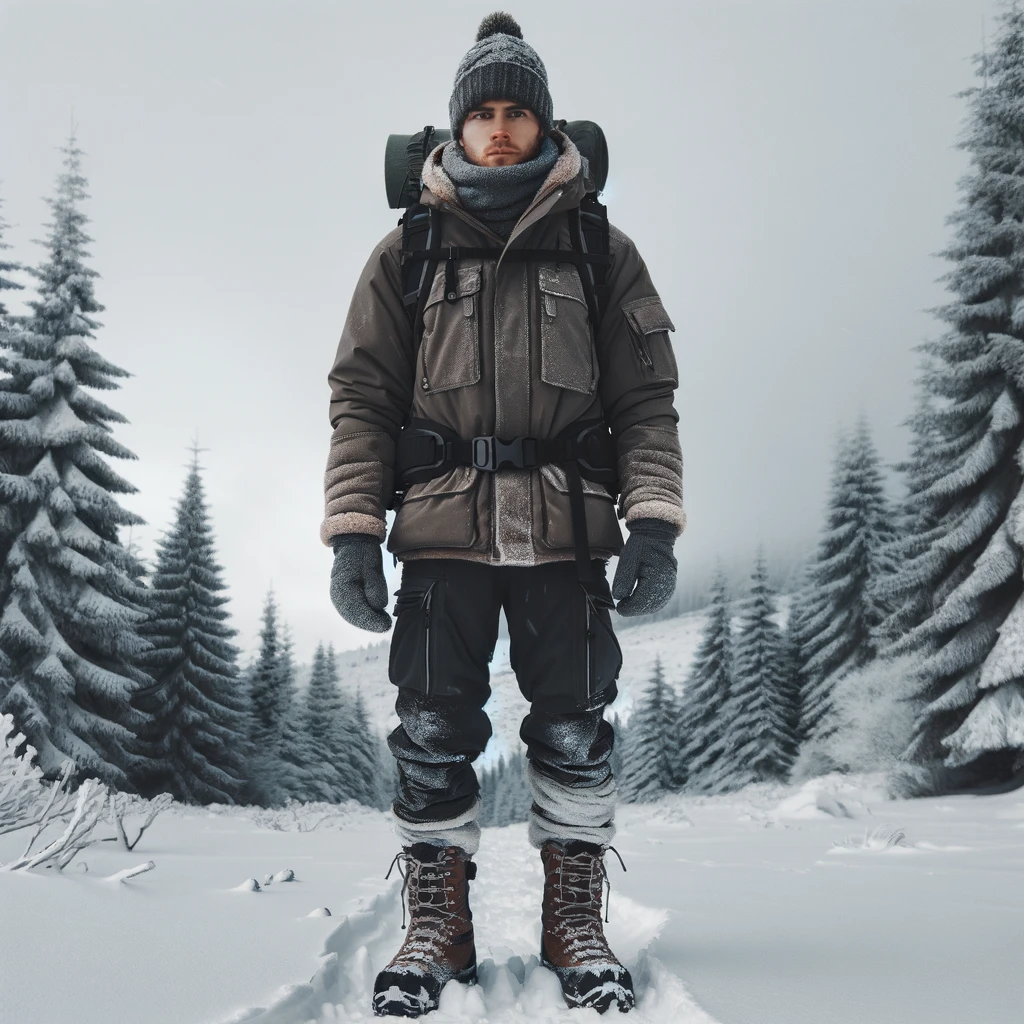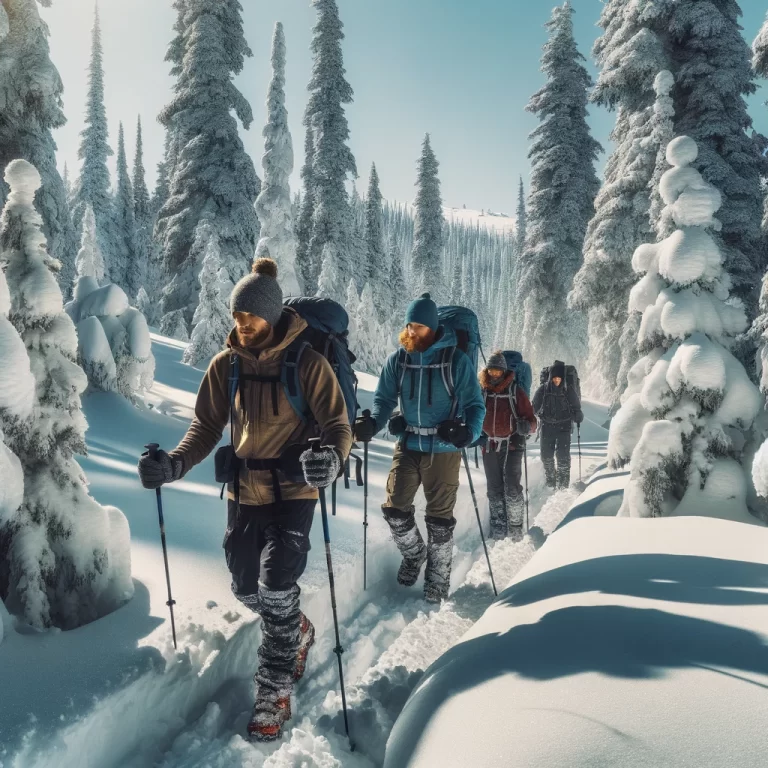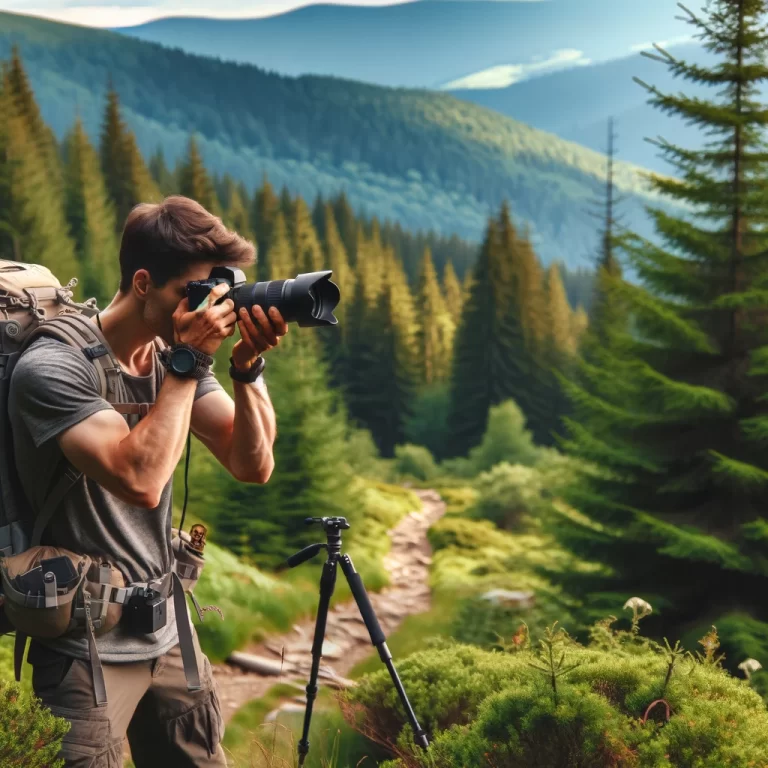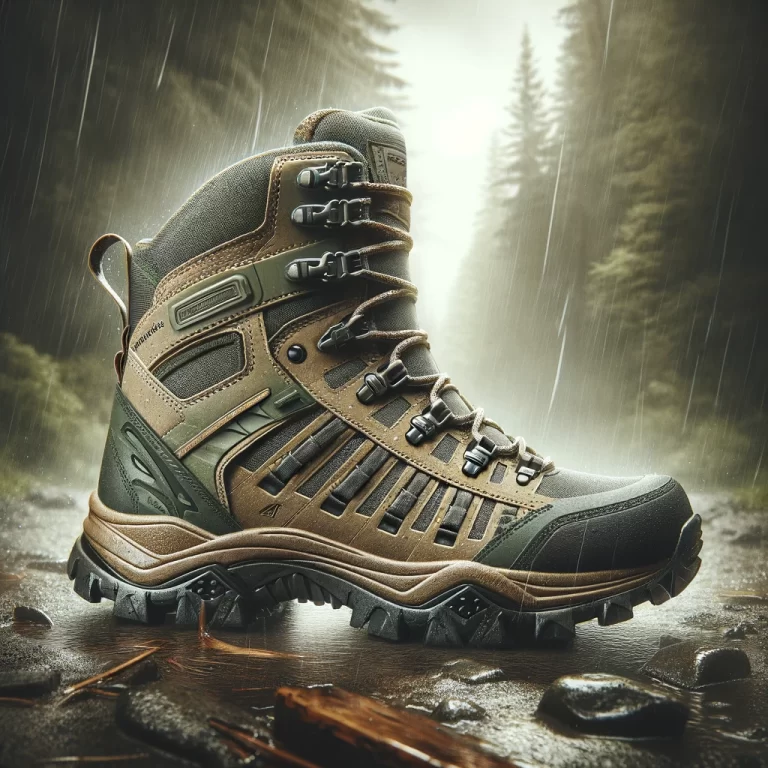
Hiking in Western Washington during the winter can be a mesmerizing experience. The trails are less crowded, the air is crisp, and the landscapes are beautifully transformed. However, the key to enjoying these winter hikes lies in how you layer your clothing. Layering not only keeps you warm but also allows you to adapt to changing weather conditions and activity levels. In this blog post, we’ll guide you through the best way to layer your clothes for a winter hike in Western Washington.
Understanding the Layering System
Layering for winter hiking typically involves three main layers: the base layer, the insulation layer, and the outer layer. Each has a specific function:
1. Base Layer (Moisture Management)
- Purpose: Wicks sweat away from your skin to keep you dry and warm.
- Material: Merino wool or synthetic fabrics work best. Avoid cotton as it retains moisture.
- Fit: Should be snug but comfortable.
2. Insulation Layer (Retain Body Heat)
- Purpose: Traps and retains body heat to keep you warm.
- Material: Fleece, down, or synthetic insulators.
- Options: Depending on the temperature, you might need a light fleece or a puffy down jacket.
3. Outer Layer (Weather Protection)
- Purpose: Protects you from wind, rain, and snow.
- Material: Waterproof and breathable materials like Gore-Tex.
- Features: Look for features like adjustable hoods, underarm zips, and waterproof zippers.
Fine-Tuning Your Layers
1. Adapt to Activity Levels
- On the Move: Remove layers to avoid sweating. Sweating can make you cold later.
- Rest Periods: Add layers to keep warm when you’re less active.
2. Consider the Conditions
- Changing Weather: Be prepared for rain, snow, and wind, which are common in Western Washington winters.
- Temperature Fluctuations: Be ready to add or remove layers as temperatures change from day to night.
Additional Layering Tips
1. Head, Hands, and Feet
- Headwear: A wool or synthetic beanie or hat.
- Gloves: Waterproof and insulated gloves are essential. Consider glove liners for extra warmth.
- Socks: Wool or synthetic socks that wick moisture away. Avoid cotton.
2. Accessorize Smartly
- Neck Gaiter or Scarf: For extra warmth around your neck.
- Sunglasses: To protect against glare, especially when there’s snow.
- Gaiters: To keep snow out of your boots.
3. Pack Smart
- Extra Layers: Always bring extra base layers and socks in case you get wet.
- Packable Options: Look for items that are easy to compress and pack.
Layering effectively for winter hiking in Western Washington is essential for your comfort and safety. Remember, the right layers can make all the difference between a challenging experience and an enjoyable adventure. So layer up, stay dry and warm, and enjoy the stunning winter trails that Western Washington has to offer!





